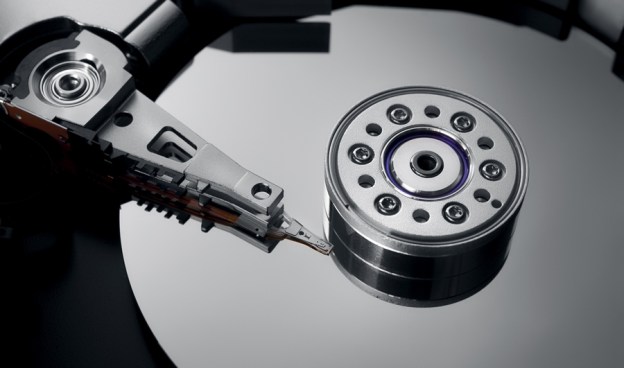
Announced over the past week, both Western Digital and Seagate plan to decrease the length of warranty periods on consumer-grade hard drives in order to reduce costs and push more money back into product development. Beginning January 2, 2012, the three year warranty on Western Digital Caviar Blue, Caviar Green and Scorpio Blue hard drives will be reduced to 2 years. This will only affect purchases of these drives made after January 1 2012 as the existing warranty will be honored on drives purchased previous to 2012. However, the five year warranty on Western Digital Caviar Black and Scorpio Black drives will not be reduced during 2012. Western Digital does plan to offer an extended warranty for their lineup of hard drives, but will pass that extra cost along to the consumer.

The recent devastating floods in Thailand have been a drain on many technology companies, but Western Digital recently reopened a flooded facility in Bang Pa-in, Thailand that creates hard drive sliders. The company has been working to drain all flood water from the facilities within the country as well as restore all contaminated equipment.


